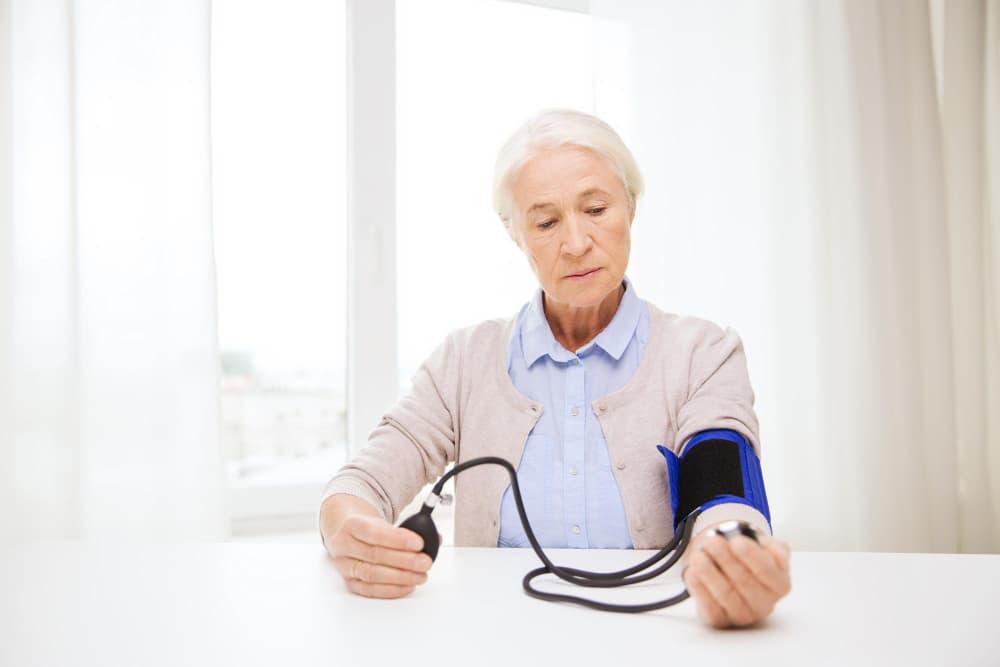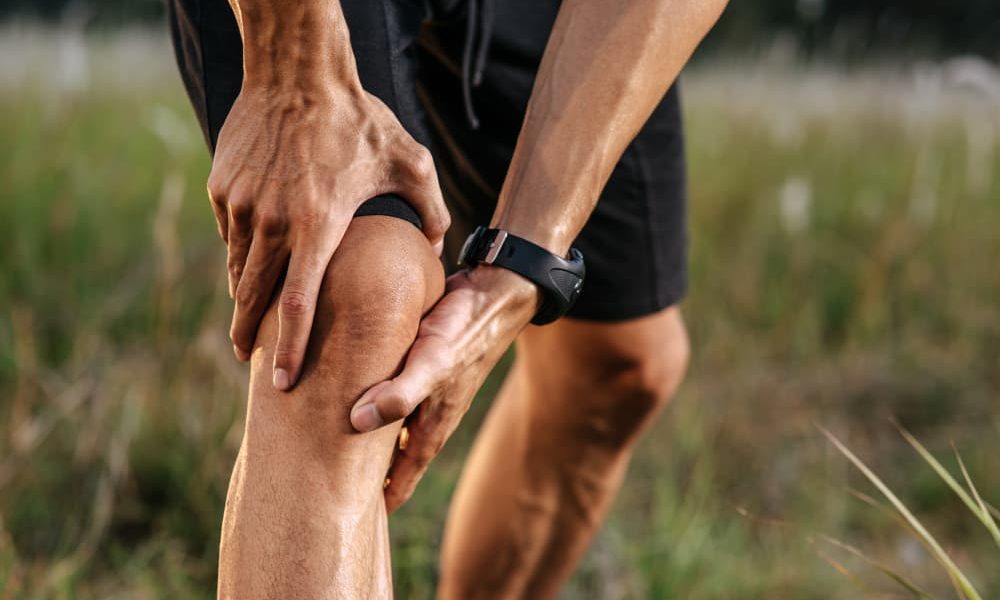
Knowing how to raise blood pressure in elderly people can be very important in emergency cases. Follow this guide to do it right.
Hypotension, or low blood pressure, can be a common problem in the elderly population. Although many look for ways to reduce high blood pressure, sometimes you need to know how to raise blood pressure in the elderly. In this article, we will present detailed and practical information on how to address this health problem.
Causes of hypotension in the elderly
Understanding the phenomenon of hypotension in older people is essential to take appropriate corrective measures. Studies have shown that as we age, The body undergoes changes that can influence the regulation of blood pressure.
The causes of the tension fall in this demographic group they are multifactorial and may be related to aspects such as medication, dehydration or heart problems. Being informed about these factors allows us to act preventively and reduce the associated risks.
Medicines
Polypharmacy is a common practice in the elderly. Certain medications, especially diuretics, antidepressants, and those designed to treat hypertension, can cause a noticeable reduction in blood pressure.
Drug interactions are another concern; Combining several drugs can have unexpected effects on blood pressure. Therefore, it is essential that the elderly, along with their caregivers, are in constant communication with their doctor, periodically reviewing the list of medications and adjusting them as needed.
Dehydration
Dehydration in the elderly is a more common problem than you think. Factors such as a decreased sensation of thirst, fear of incontinence or simply forgetfulness can lead to insufficient fluid intake.
This lack of adequate hydration can result in hypotension. Besides, consumption of diuretic drinkssuch as coffee or tea, can exacerbate the problem by promoting fluid loss.
Heart problems
With age, the heart can undergo certain structural and functional changes. Diseases such as heart failure, arrhythmias or valvular heart disease can have a direct impact on the heart’s ability to pump blood efficiently, which leads to a drop in blood pressure.
It is crucial to have regular cardiological check-ups to detect and treat these conditions early.
How to raise blood pressure in the elderly: 3 strategies
The good news is that there are several ways to address hypotension in older adults, both through lifestyle changes and medical interventions.
1. Increased salt consumption
Although salt has been demonized in many contexts for its relationship with hypertension, in cases of hypotension it can be beneficial.
Under strict medical supervision, a controlled increase in salt intake can help raise blood pressure. However, it is vital to be cautious and don’t overdo itsince salt can also influence other aspects, such as fluid retention or kidney function.
2. Stay hydrated
Hydration is essential for regulating many bodily functions, including blood pressure. Older people should be encouraged to drink water regularlyeven if they don’t feel thirsty.
Studies suggest that an older adult should consume, on average, about 8 glasses of water a day, although this amount may vary depending on individual needs.
3. Moderate exercise
Exercise is a powerful tool to maintain a healthy cardiovascular system.
Although intense exercise can cause a temporary decrease in blood pressure, moderate exercise, practiced regularly, strengthens the heart and improves circulation, contributing to more stable and healthy blood pressure.
Additional recommendations
Prevention and management of hypotension in the elderly also involves considering additional aspects of lifestyle and daily routines:
The consumption of alcohol and caffeine It must be monitored, since in excess it can negatively influence blood pressure. Avoiding or reducing the intake of these substances is essential.
Additionally, sudden movements, especially when getting up from a sitting or lying position, can cause dizziness or fainting due to orthostatic hypotension. Practicing gradual lifts and making sure you have support can be a big help.
Finally, medical consultation is paramount before making significant changes to your diet or medication regimen.
Conclusion
Maintaining stable blood pressure is crucial for the health and well-being of older people.
While it is common to hear about the risks of hypertension, it is equally vital to know how to raise blood pressure in the elderly when necessary. By following the aforementioned recommendations and always under medical supervision, it is possible to address this health problem effectively.







